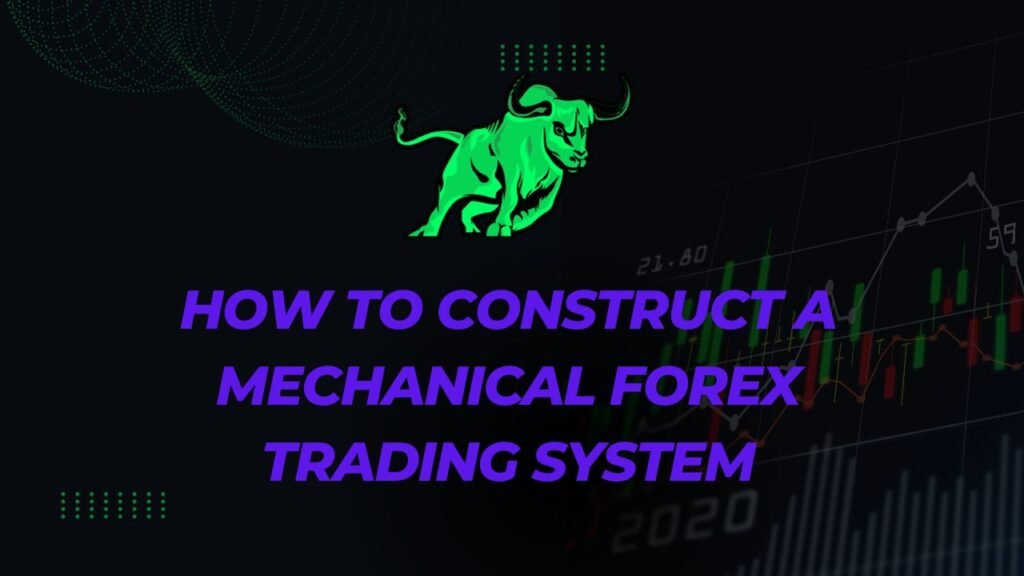
Learning How to Construct a Mechanical Forex Trading System is like assembling a high-performance vehicle for the Forex market. This system relies on fixed rules and algorithms to guide your trading decisions, reducing the impact of emotions and guesswork.
The Foundation: Defining Your Trading Strategy
The first step in constructing your system is defining a clear trading strategy. This strategy should be based on thorough market analysis and understanding. Decide on the type of trades you want to execute, whether it’s scalping, day trading, swing trading, or another style.
Identifying Key Trading Indicators
Indicators are the tools that will drive your mechanical trading system. Choose indicators that align with your trading strategy, such as moving averages for trend following or RSI for identifying overbought or oversold conditions.
Setting Precise Entry and Exit Rules
For a mechanical trading system to function effectively, you need precise entry and exit rules. These rules should be based on the indicators you’ve chosen and should dictate exactly when to open or close a trade.
Incorporating Risk Management Strategies
Risk management is crucial in any trading system. Define your risk tolerance and set stop-loss orders and take-profit levels to protect your capital and profits.
Testing Your System: The Importance of Backtesting
Before going live, backtest your system using historical data. This process will help you refine your system and ensure it performs well under various market conditions.
Continuous Optimization and Adjustment
Even the best mechanical systems need regular review and adjustments as market conditions change. Stay informed about market trends and adjust your system accordingly.
Real-Life Success Stories: Traders and Mechanical Systems
Many traders have found success with mechanical trading systems, praising their ability to provide a disciplined, emotion-free approach to trading. These stories often highlight the benefits of consistency and adherence to a well-defined strategy.
FAQs: Building Your Mechanical Forex Trading System
Q: How technical do I need to be to construct a mechanical trading system?
A: Basic knowledge of trading indicators and strategies is necessary, but you don’t need to be a programming expert as many platforms offer user-friendly tools to build your system.
Q: Can a mechanical system guarantee profits in Forex trading?
A: No system can guarantee profits, but a well-constructed mechanical system can improve your chances of success by providing a disciplined, rule-based approach to trading.
Conclusion: Empowering Your Forex Trading with a Mechanical System
How to Construct a Mechanical Forex Trading System is about creating a structured, disciplined approach to Forex trading. By carefully selecting your indicators, defining precise trading rules, and incorporating solid risk management, you can build a system that helps navigate the complexities of the Forex market with greater confidence and control.